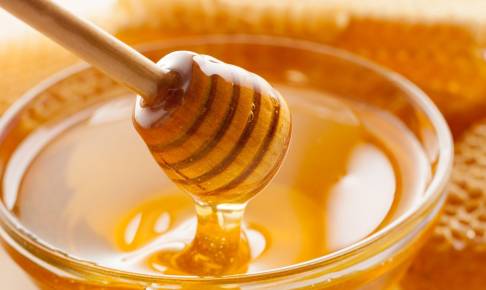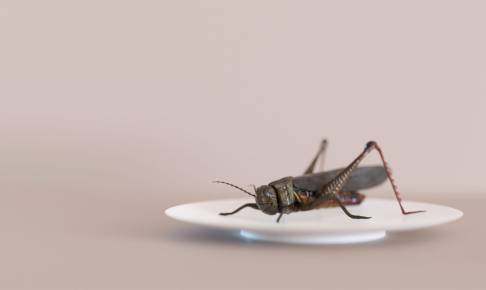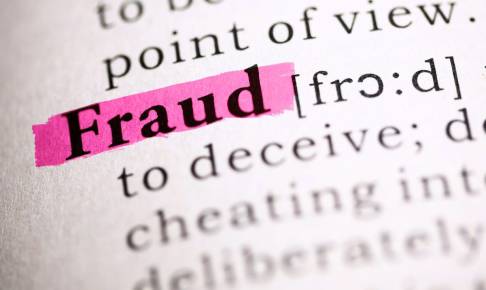Honey adulteration: an introduction
Because of its relatively high price and its liquid form, honey has been a target for food fraud perpetrators from time immemorial.
Honey. Naturally delicious, syrupy and sweet, with a delicate, unique flavour, honey has been prized as a special food since pre-history. Cave paintings in Europe that date back more than 8000 years depict humans foraging for honey.
Honey is a sweet, viscous liquid produced by bees, using nectar from plants and their own enzymic secretions. Bees make and store honey in honeycombs within beehives. Human beekeepers collect the honey from semi-domesticated bee colonies that live in man-made hives fitted with removable frames upon which the honeycomb is formed. Each beehive produces between 30 and 40 kg of honey per year. After honeycombs have been collected from the hive, raw honey is removed from the honeycomb, filtered, and sometimes pasteurised.
Because honey is a natural food, it can vary significantly between different locations and at different times of the year. Major honey producers carefully select and blend honey from different sources so that they can sell a final product with colour and flavour that is relatively consistent from batch to batch. Honey is used as a food and food ingredient, as well as an ingredient in cosmetic products such as face creams, lotions, and lip balms. Honey has antimicrobial properties imparted by enzymes which have been added to the honey during its production in the beehive. Its antimicrobial and humectant properties make it useful in topical medications and wound treatments. Manuka honey, made by bees that have fed mostly on the flowers of the Manuka plant, exhibits especially strong antimicrobial properties and this makes Manuka honey highly prized by consumers. Manuka bushes grow only in Australia and New Zealand. Because of its relatively high price and its liquid form, honey has been a target for food fraud perpetrators from time immemorial. In recent times, bee mortality from a phenomenon known as “colony collapse disorder” has reduced honey production in many parts of the world (Oldroyd 2007; EPA 2018), driving up prices and making honey fraud even more attractive for criminals. Organic honey supplies have been particularly affected as beekeepers are forced to treat hive diseases with pesticides to keep their bees alive. Pesticide-treated hives cannot be used to produce organic honey.
Food fraud includes adulteration, in which something is added to a food; misrepresentation, in which a food is claimed tobe something that it is not; simulation; and counterfeiting. All these fraud types affect honey. Extending honey by adding water is the simplest way for a dishonest honey seller to increase profits and this type of honey fraud is thought to have been common from the earliest days of trade. Once diluted, the honey may have its sweetness and viscosity increased by the addition of sugars. A 2018 round table discussion by honey stakeholders in Europe described the most common fraud as being adulteration with sugar syrup (Whitworth 2018).
Honey’s liquid form makes it easy to extend with water and adulterate with sugar. But it is also relatively easy to make ‘fake’ honey that contains no bee products at all. Fake honeys can be made from sugar syrups, colours,
and flavours. It is also possible to make honey by harvesting “unripe” honey from beehives (Tamma 2020), while it still has a high water cont
Download content now





















